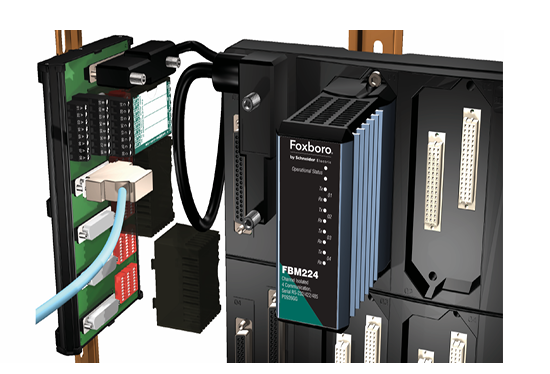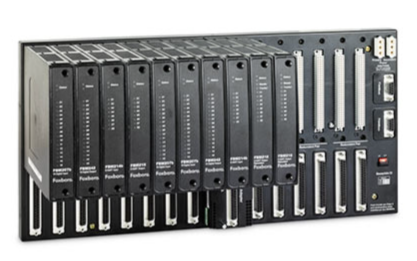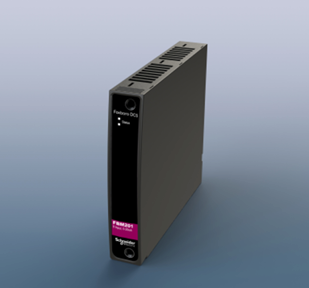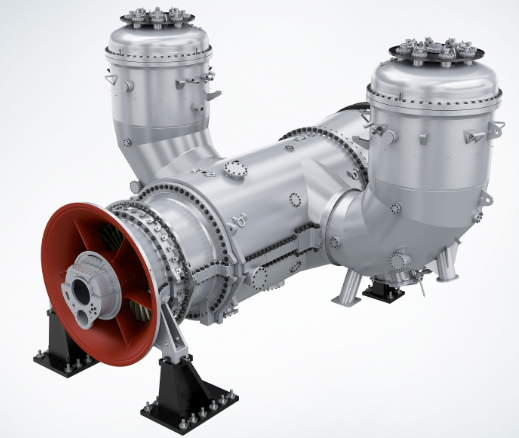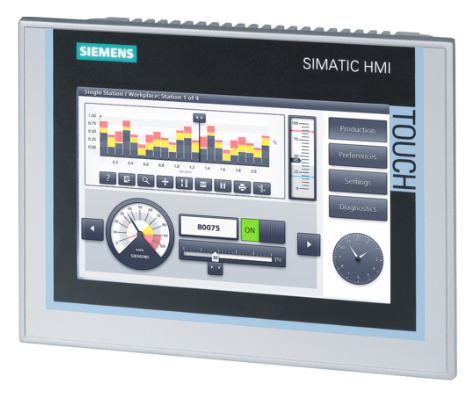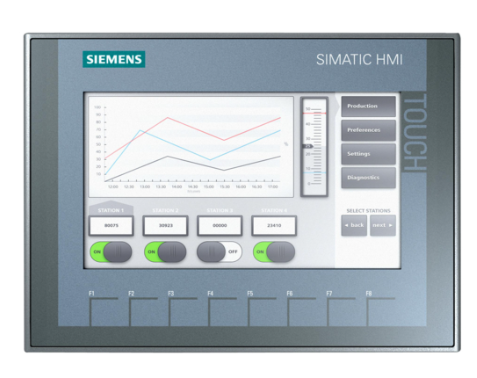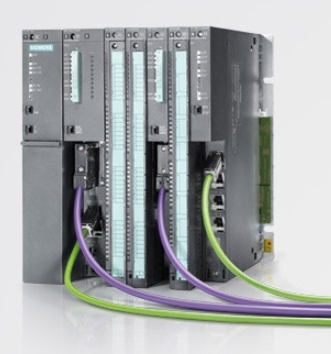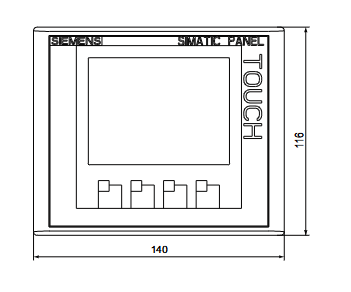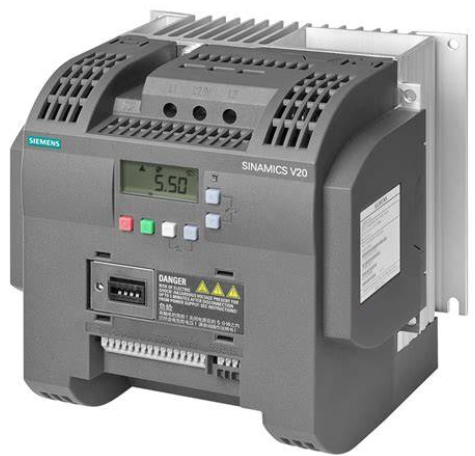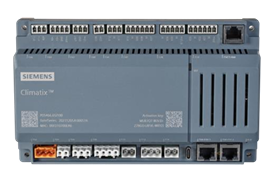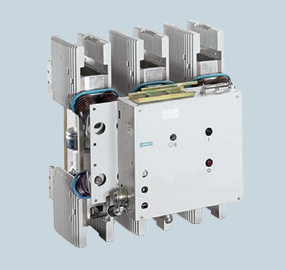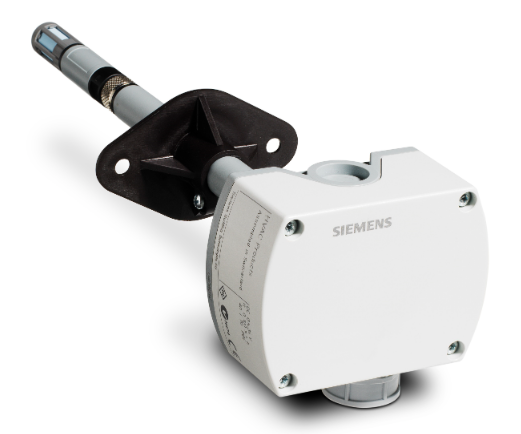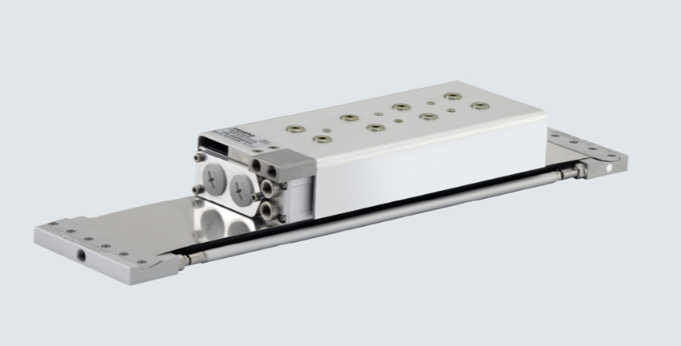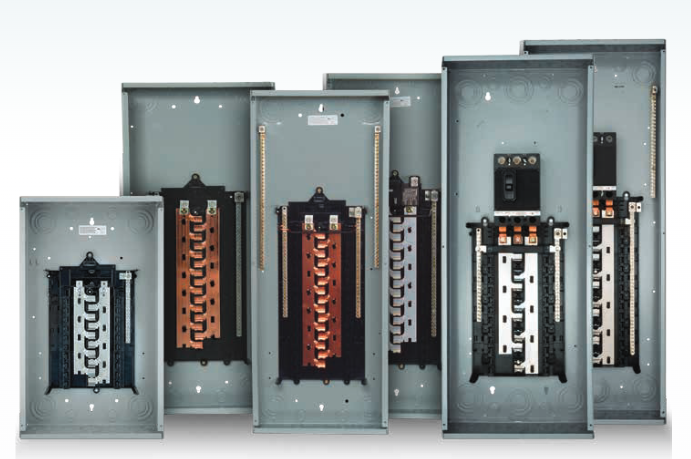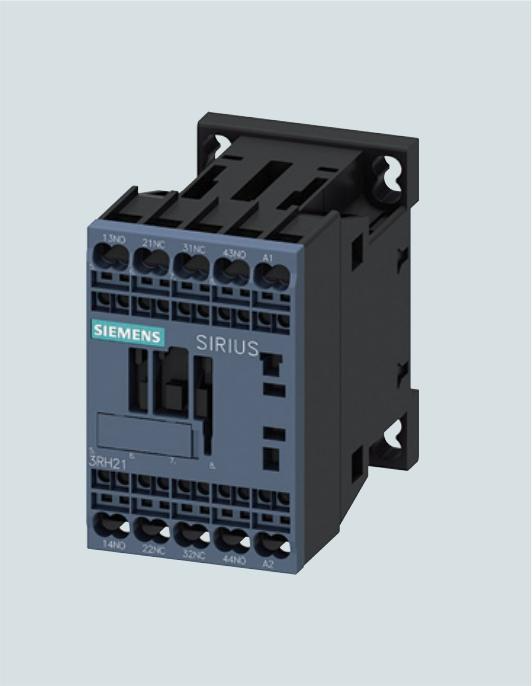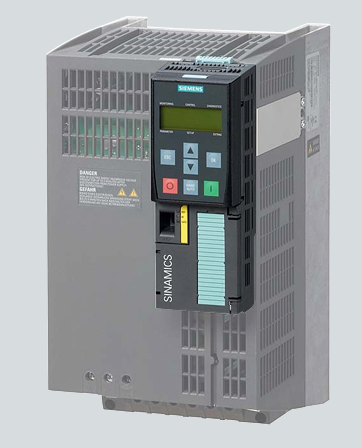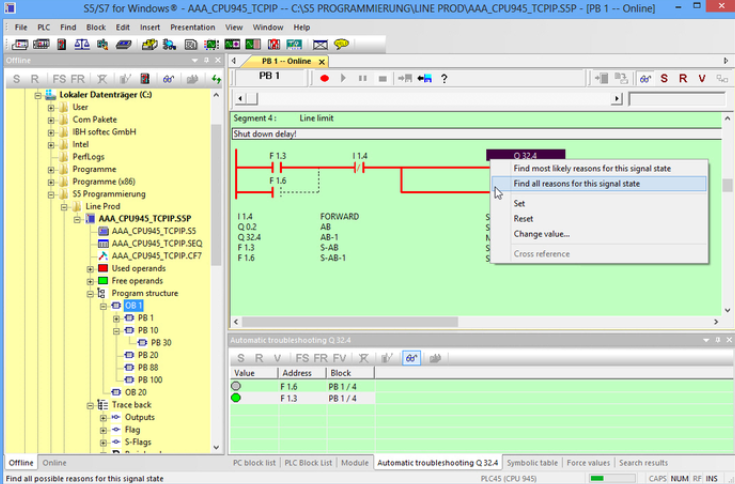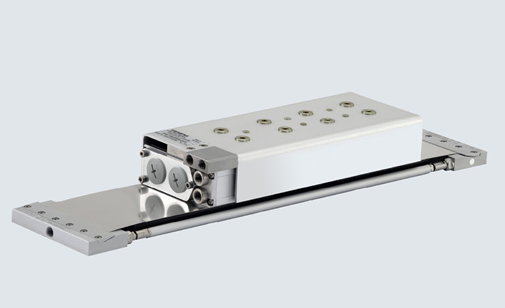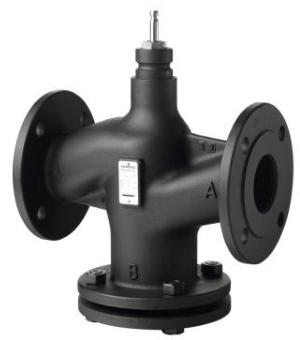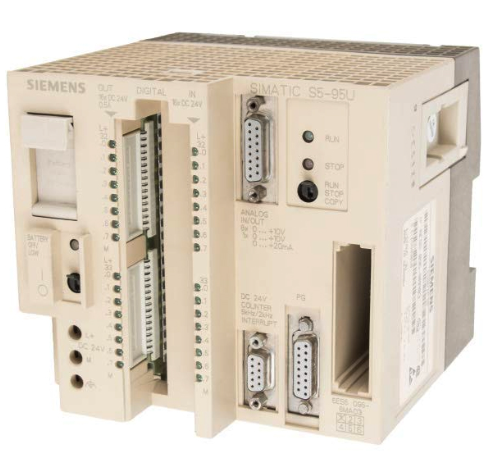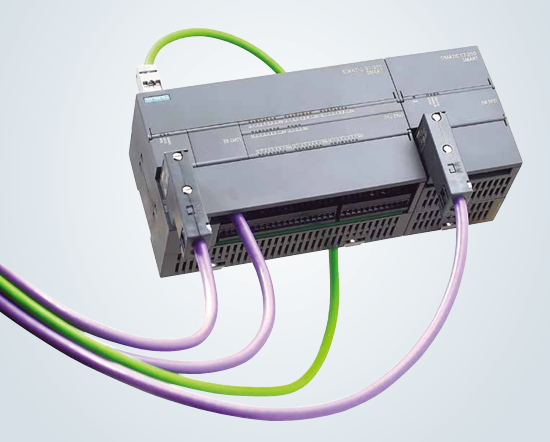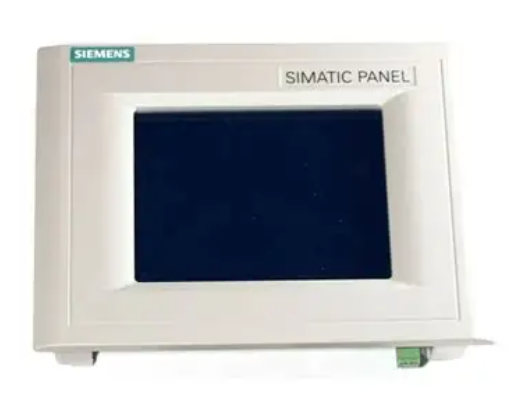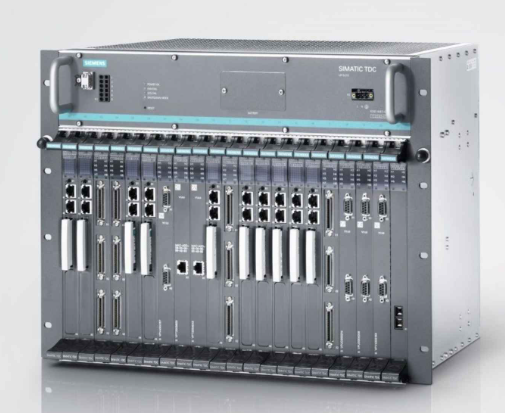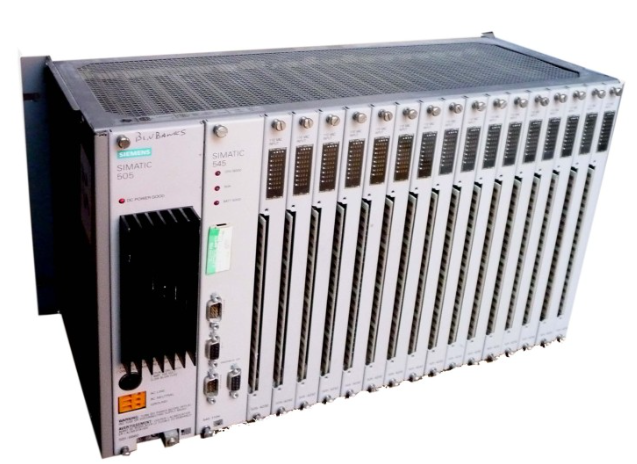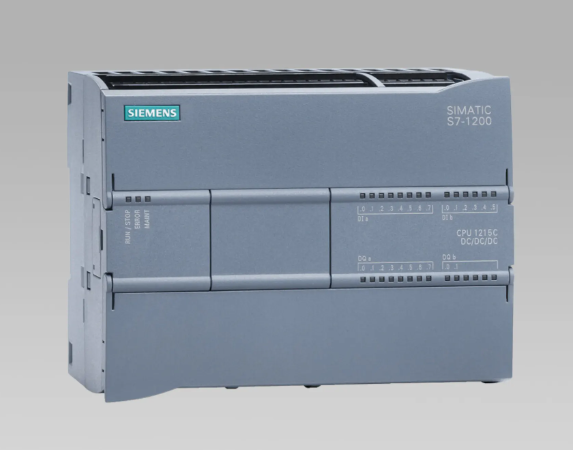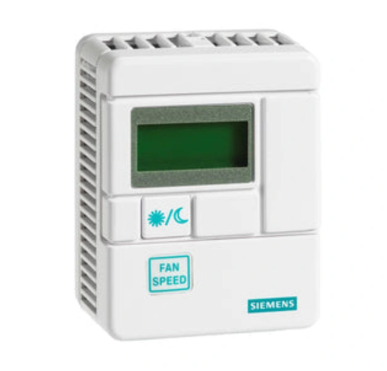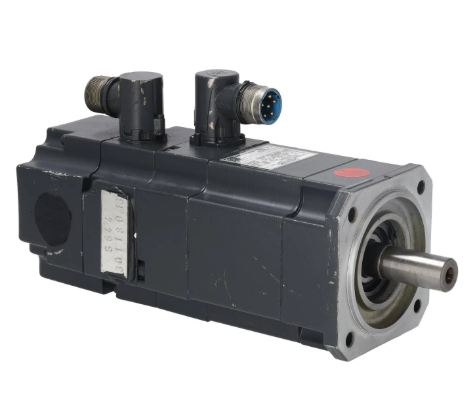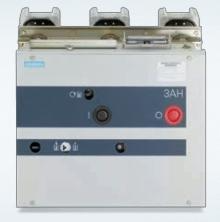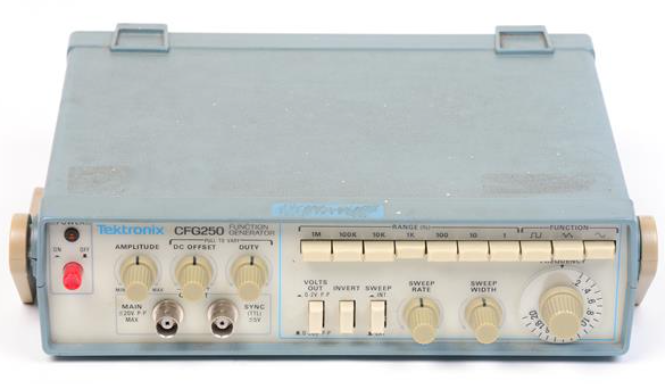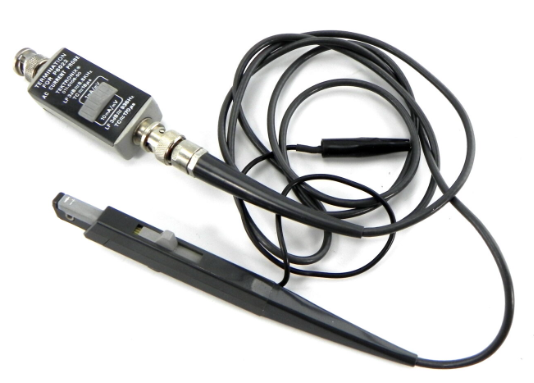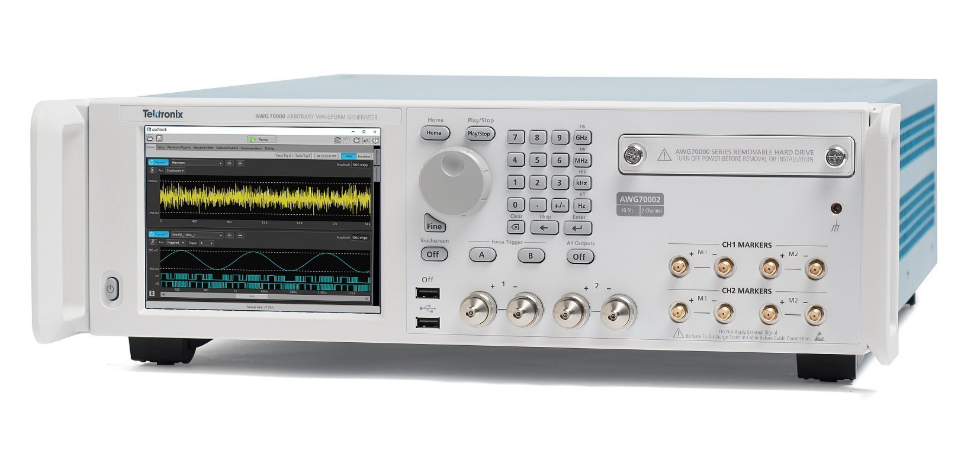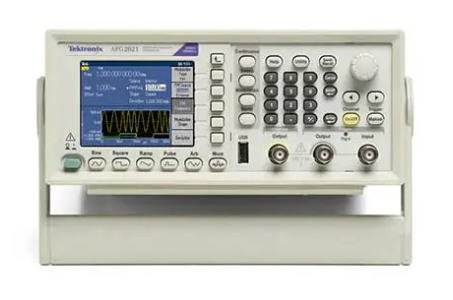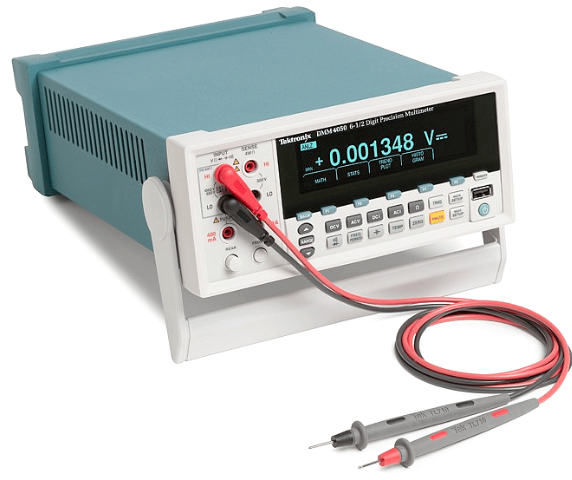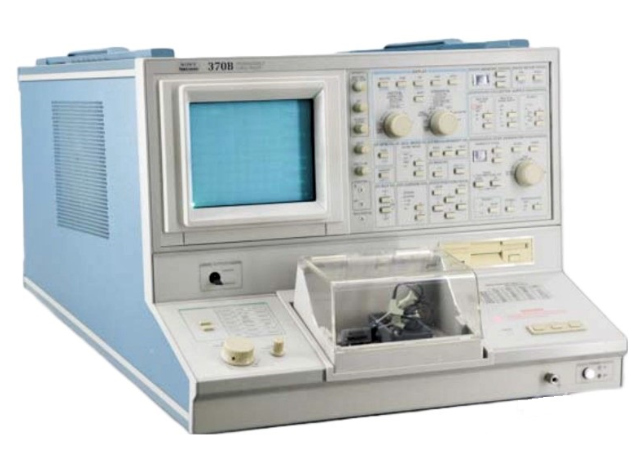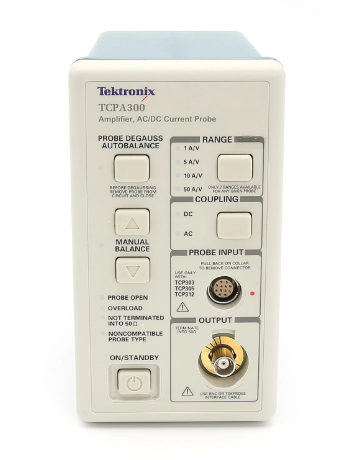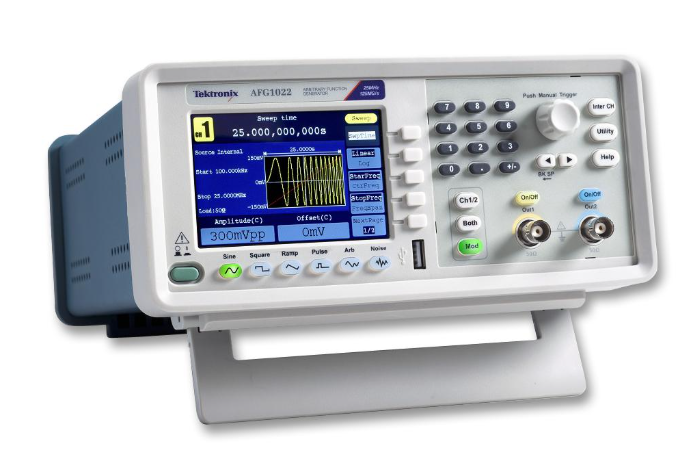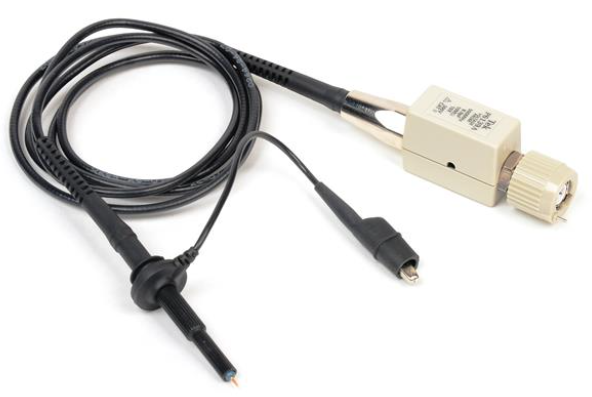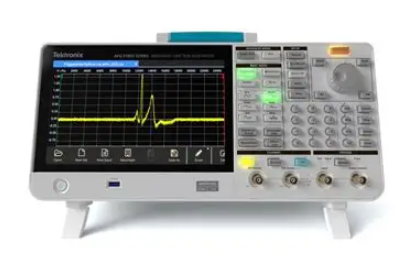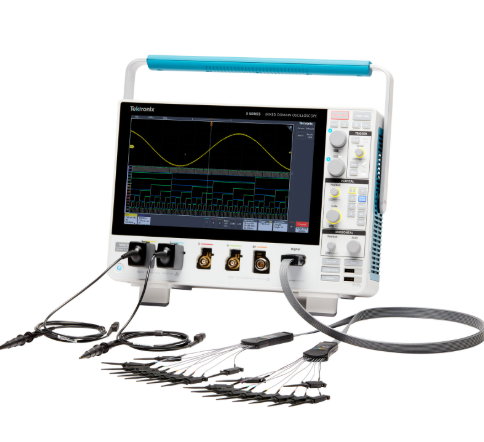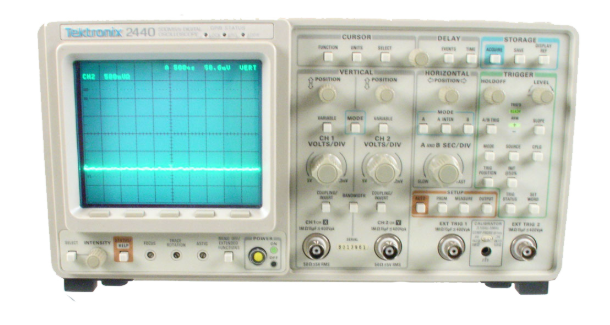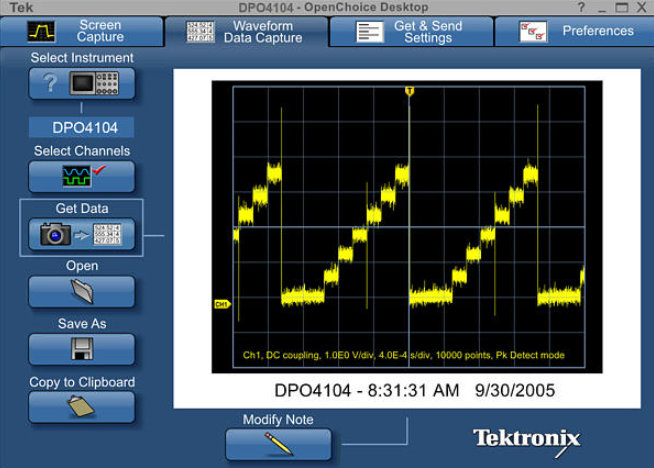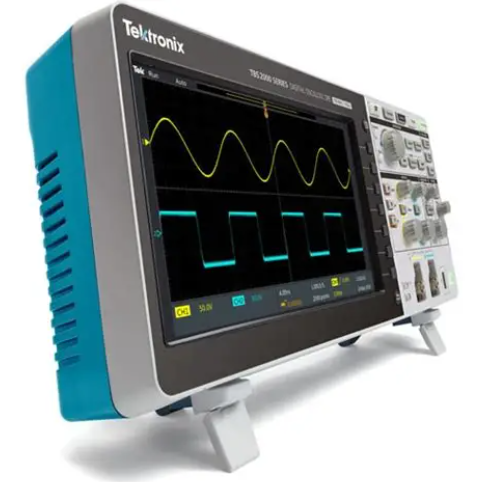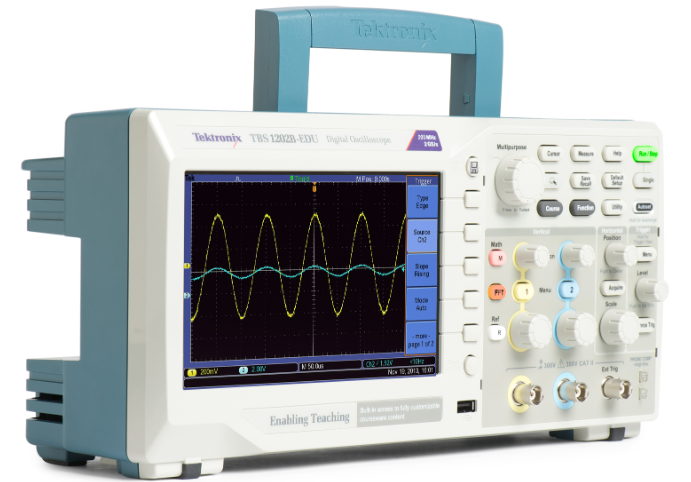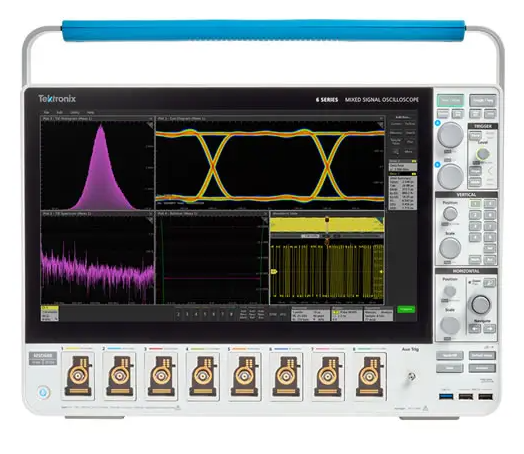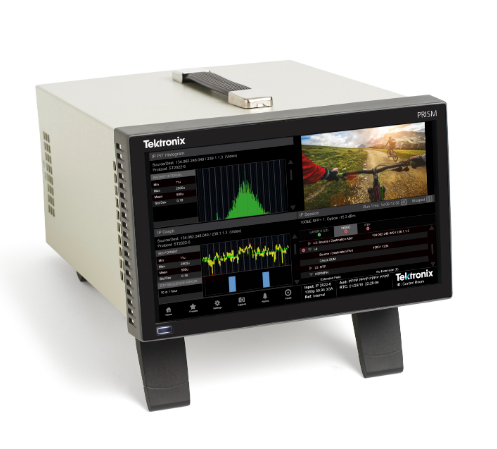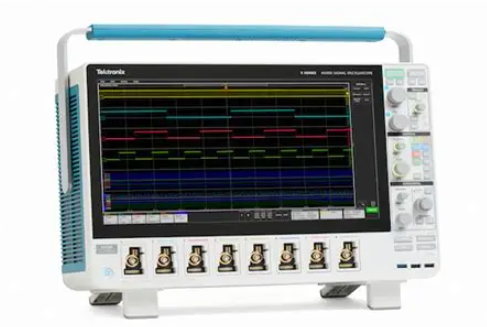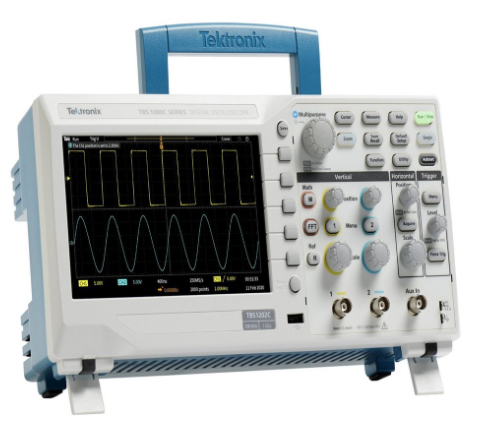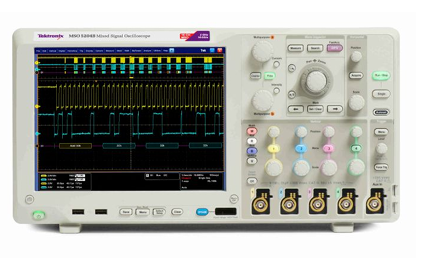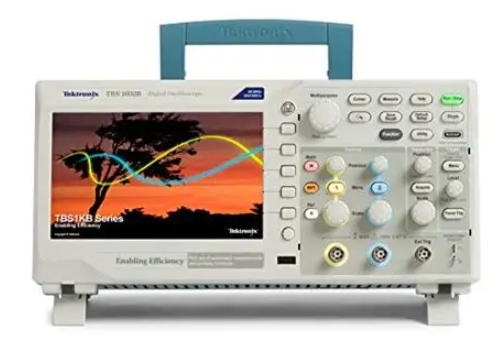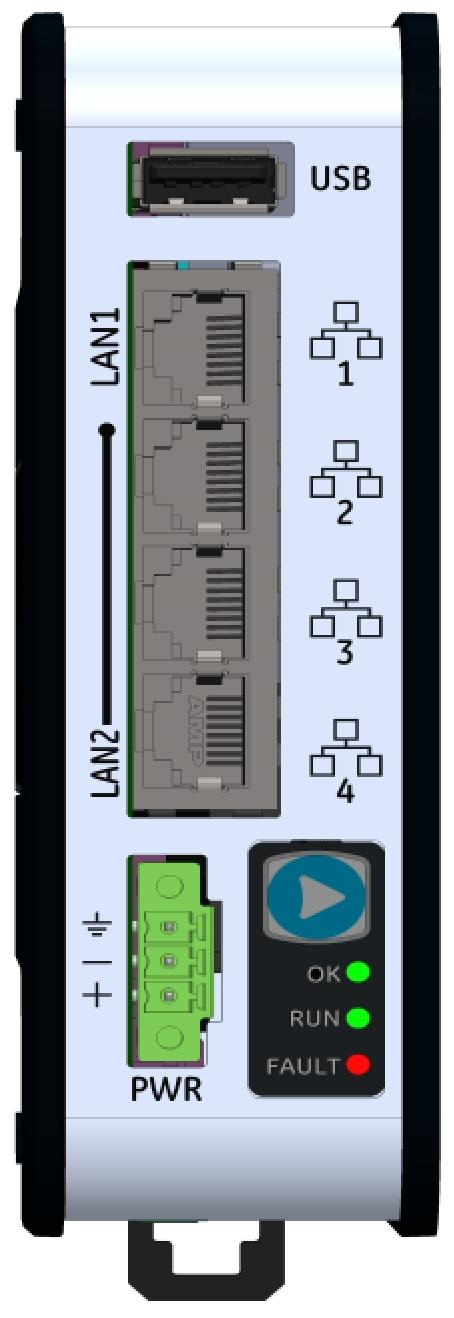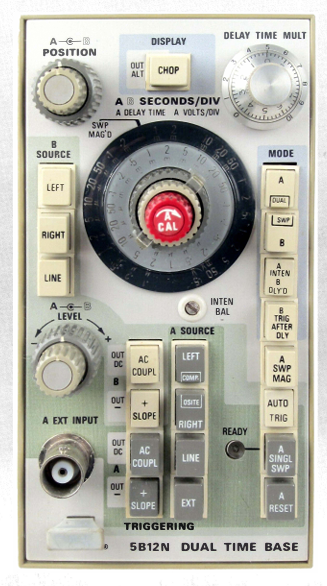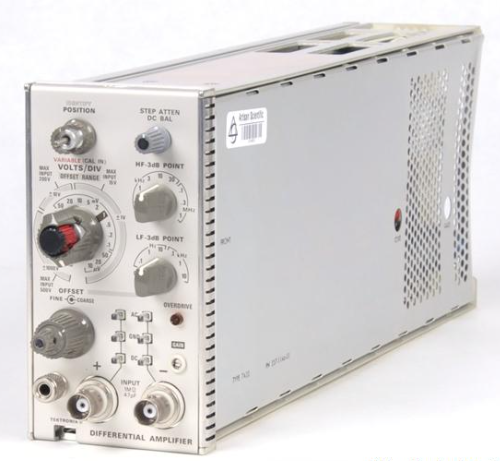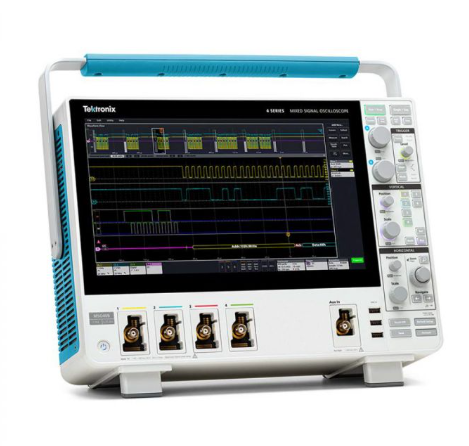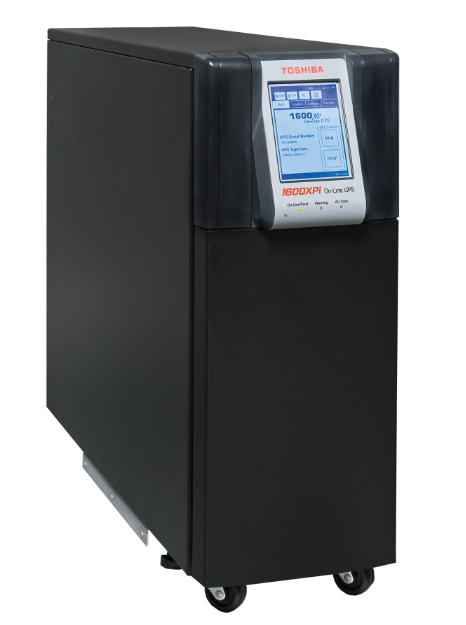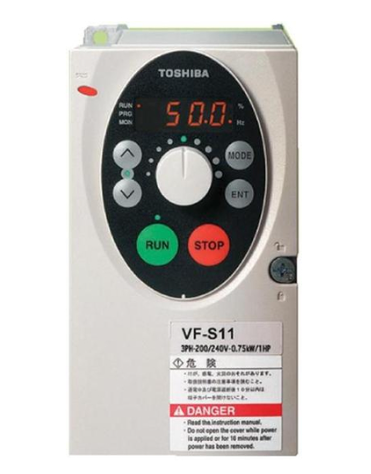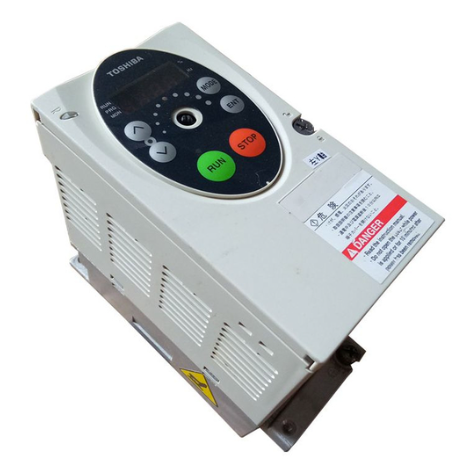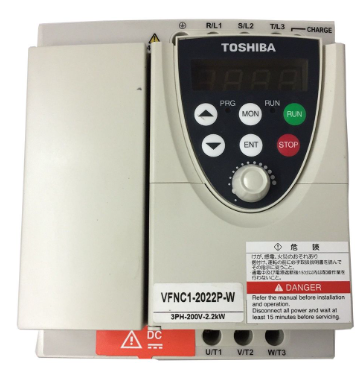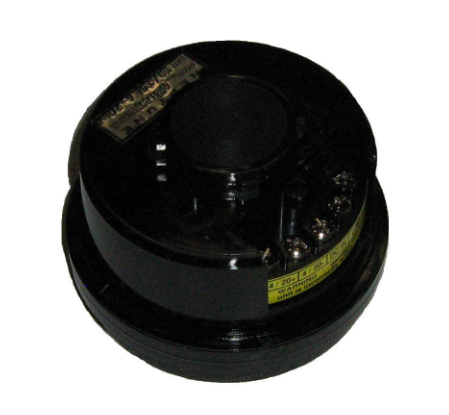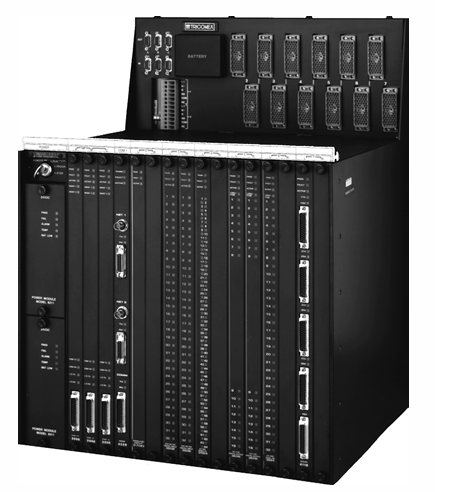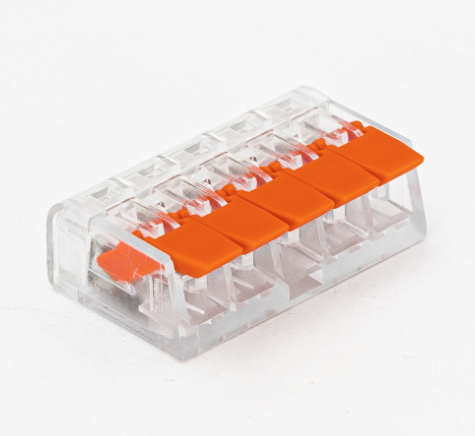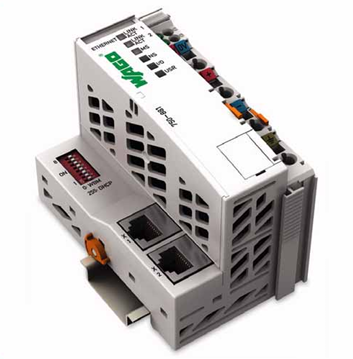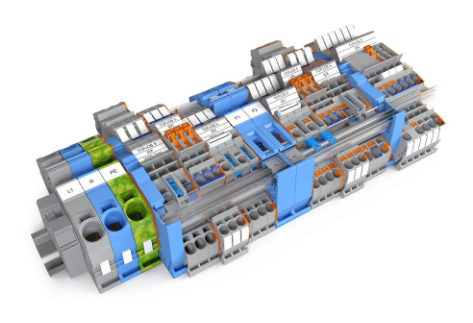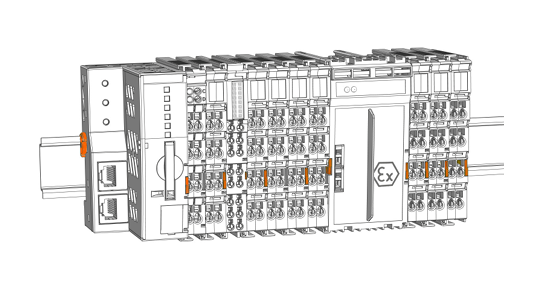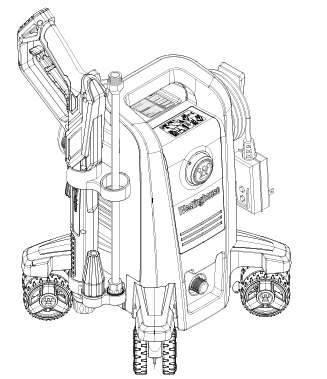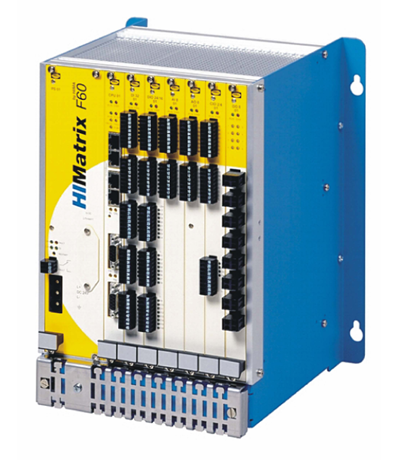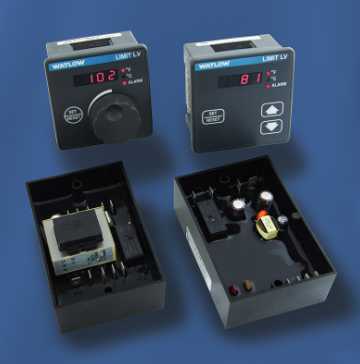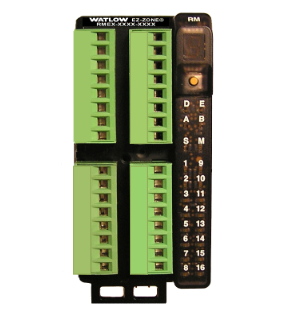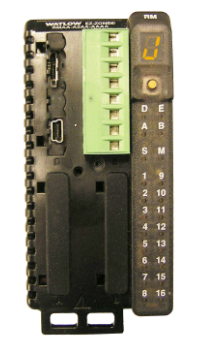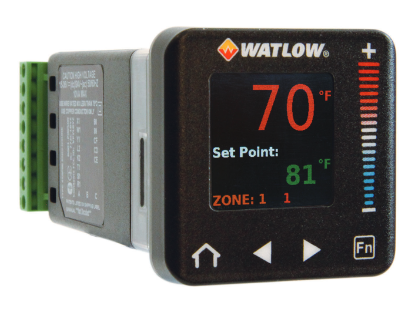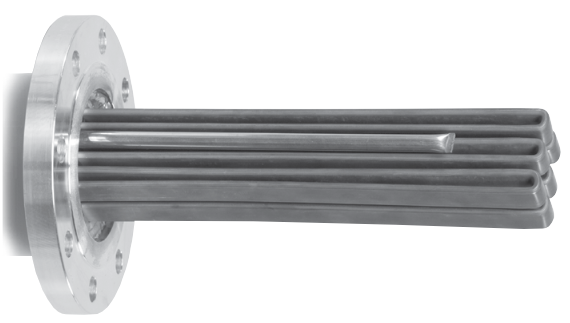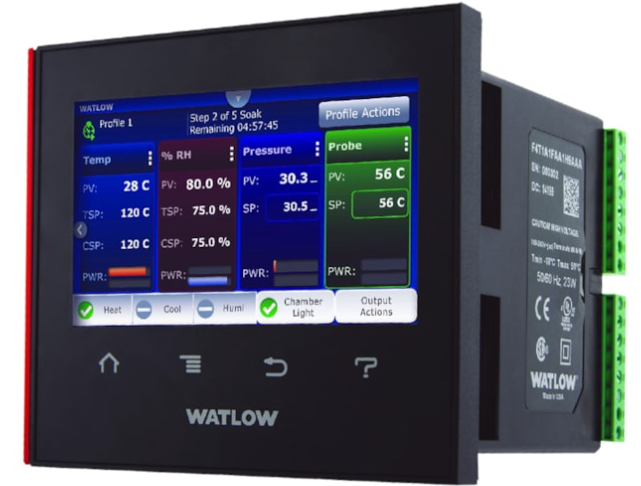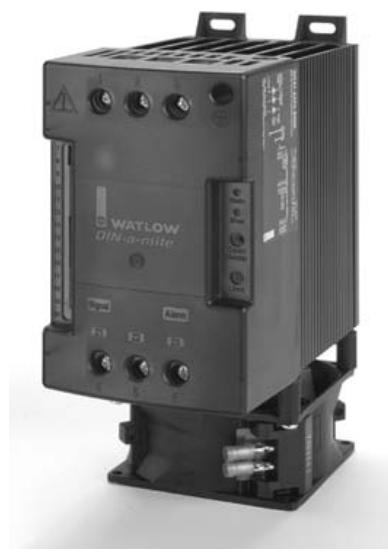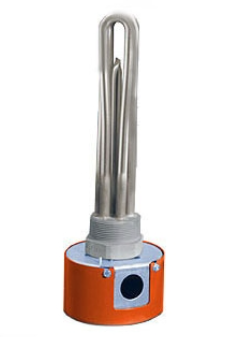

K-WANG
+086-15305925923
Service expert in industrial control field!
Product
Article
NameDescriptionContent
Adequate Inventory, Timely Service
pursuit of excellence


Ship control system
Equipment control system
Power monitoring system
Current position:
Brand
Description
**ABB PMC-916: High-Performance Automation Solution for Diverse Industries**
ABB PMC-916 - Power Monitoring Control Unit, Advanced Power Management Solution

ABB PMC-916 - Power Monitoring Control Unit, Advanced Power Management Solution
**ABB PMC-916: High-Performance Automation Solution for Diverse Industries**
The ABB PMC-916 is a state-of-the-art control module designed to meet the rigorous demands of the power industry, petrochemical sector, and general automation applications. This versatile module is engineered with cutting-edge technology that ensures durability, reliability, and superior performance metrics, making it an essential component for modern industrial systems.
### Unique Key Technical Features
The ABB PMC-916 boasts an impressive I/O capacity, capable of handling a wide range of input and output signals. With support for various communication protocols, it seamlessly integrates into existing systems, facilitating easy connectivity and data exchange. This module is designed for optimal performance, featuring advanced processing capabilities that enable real-time monitoring and control functions. Its robust construction is built to withstand harsh environments, ensuring long-lasting durability and minimal maintenance needs. The PMC-916's performance metrics include high-speed data processing, low latency, and exceptional accuracy, making it an ideal choice for mission-critical applications.
### Real-World Usage Scenarios
In the power industry, the ABB PMC-916 excels in managing complex control processes, such as monitoring grid stability and optimizing energy distribution. It plays a crucial role in the petrochemical sector, where it can efficiently control processes like refining and chemical production, ensuring safety and compliance with industry standards. In general automation, the PMC-916 enhances productivity by automating repetitive tasks and providing real-time data analysis, which drives informed decision-making.
### Comparison with Other ABB Models
When compared to other ABB models, such as the ABB ACS800-01 and ABB ACS580-01-293A-4, the PMC-916 stands out due to its superior input/output flexibility and advanced control capabilities. While the ACS800-01 is primarily focused on drive control, the PMC-916 offers a more comprehensive automation solution suitable for diverse applications. Additionally, models like the ABB GJR2366000R1000 81EA02E-E Analog Input Module and the ABB DI811 3BSE008552R1 Digital Input Module can complement the PMC-916 by providing enhanced data acquisition capabilities, ensuring a fully integrated automation system.
### Complementary Models
The ABB PMC-916 is designed to work seamlessly alongside a variety of other ABB automation products, enhancing its functionality and versatility. For instance, integrating it with the ABB SNAT 602 TAC PC BOARD allows for advanced process control and monitoring, while the ABB 07KT98 can provide additional power supply options, ensuring uninterrupted operation. The ABB SINT41X0 Driver Board and ABB ACSM1-04AM-09A5-4+L517 SERVO DRIVER can also be paired with the PMC-916 for precise motion control in applications requiring high accuracy.
Moreover, the ABB 3HAC021073-001 and ABB 3HAC021719-001 serve as excellent additional modules for enhanced communication capabilities, further expanding the operational range of the PMC-916. With the ABB Freelance2000 DDO 01.02, users can achieve a fully optimized automation framework that leverages the strengths of multiple ABB products.
### Conclusion
The ABB PMC-916 is a powerful, reliable, and flexible automation solution tailored for the power industry, petrochemical applications, and general automation. Its unique technical features and performance metrics make it a standout choice for industrial automation systems, while its compatibility with other ABB models enhances its utility and effectiveness. By incorporating the ABB PMC-916 into your operations, you can elevate efficiency, ensure safety, and drive productivity across various applications. Explore the potential of ABB automation products and see how the application of PMC-916 can transform your industrial processes.

Purchase history
| User name | Member Level | Quantity | Specification | Purchase Date |
|---|
Total 0 Record
Customer Reviews
Satisfaction :
5 Stars
No evaluation information






